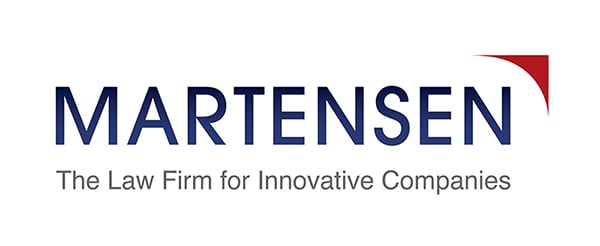Elroy Air Autonomous Hybrid Electric VTOL Makes Historic First Flight
It's a cross between The Jetsons and the Wright Brothers. Elroy Air, a startup named for the son in the futuristic animated show from the 1960's, announced Thursday the first flight of what it says is the world's first autonomous turbogenerator- hybrid electric vertical takeoff and landing aircraft, hVTOL.
Unlike previous test flights where the aircraft was tethered to the ground, the Chaparral C1 freely rose vertically from its pad to an altitude of about 7.2 meters, or about 24 feet, and hovered for 57 seconds before landing, Elroy Air co-founder and CEO David Merrill said in an interview.
The short flight amounted to a major milestone in the development of the hVTOL designed to fill so-called “middle-mile" cargo delivery needs for commercial, humanitarian and defense customers
The Chaparral C1 is designed to autonomously pick up a pod loaded with 300-500 pounds of cargo, fly it to a destination as far as 300 miles then drop it off, ready to pick up another pre-loaded pod.
For this first flight the Chaparral C1 was operated remotely by Elroy's team stationed at its ground control center with a control pilot stationed on a deck that sits on top of the structure that's really a long trailer.
Calling it the “right technology for today's operational reality, to power autonomous vertical flight for logistics,” Merrill explained the aircraft is powered by what's known as distributed electric propulsion using multiple redundant rotors in conjunction with a turbogenerator-battery architecture.
Indeed, the combination of redundancy and sufficient range are vital for both safely flying an autonomous aircraft and the ability to satisfy clients' needs.
“Distributed electric propulsion is good for this because of the redundancy of having enough vertical rotors that the vehicle can react if anything happens to one or more,” said Merrill. “The problem is that batteries are not there yet to power long range missions. We designed a turbo-generator into Chaparral in order to extend the range of the vehicle past what a pure battery electric could do.”
“When we talk with our customers and partners like FedEx, or the Air Force, or humanitarian organizations like the World Food Program that deliver over 15 billion meals around the world every year to other countries and regions, a lot of the environments that they're going to want to support naturally just aren't going to have these charging stations,” added Kofi Asante, Elroy Air vice president of business development and strategy in an interview.
Indeed, Elroy Air's order book is filling up with customers anxious to deliver a wide variety of commerical, defense and humitarian aid cargo using the Chaparral C1's abilities to take off and land in virtually any open space, making it especially useful in generally inaccessible environments.
Aside from FedEx, Elroy Air has committments from Bristow Group Inc., one of the world's leading vertical air services companies that uses mainly helicopters and LCI Aviation.
“This milestone brings Bristow one important step closer to placing these revolutionary aircraft in service, enabling us to deliver for high-value cargo customers and communities in need," said Bristow executive vice president and chief transformation officer Dave Stepanek in a statement.
“It's over 1,000 orders in backlog right there,” said Asante. “Then we have three separate contracts with the US Air Force.”
With those Air Force contracts in mind, in the last several months Elroy established a defense advisory board to provide advice on how to to make sure the Chaparral team adequately fills the needs of the defense community, according to Merrill.
Among those on the defense advisory board are former U.S. national security adviser Lieutenant-General H.R. McMaster retired, Ellen Lord, who was the former Undersecretary of Defense for acquisitions and sustainment and president and CEO of Textron Systems, rear admiral Lorin Selby retired, who ran the Office of Naval Research and General Richard Clarke, retired. who was the commander of U.S. Special Operations Command, Merrill said.
“The team at Elroy Air has achieved an exciting milestone with the first flight of their Chaparral aircraft,” said Dr. Mark Esper, 27th US Secretary of Defense and Elroy Air Board Member in a statement. “Their work to enable autonomous cargo delivery for the resupply of troops in the field will create a game-changing capability for supporting and sustaining the United States military and allied forces in future campaigns.”
This first flight of the Chaparral C1 hVTOL represents what Merrill termed “envelope expansion,” meaning a series of subsequent tests and evaluations of the aircraft's performance and capabilities starting with additional hover flights.
Merrill expects the team will then “start to expand the envelope into lateral flights and transition flights where we'll go from hover to windborne and then cruise flights.”
Byron, Calif. Airport may not carry the same weight in the annals of aviation history as Kitty Hawk where the Wright Brothers first became airborn, but in the history of a young company named for a fictional kid from the future, it will be known as the site Elroy Air's futuristic Chaparral C1 hVTOL made its first flight.
This article was originally posted on Forbes.com and written by Ed Garsten, Senior Contributor.



